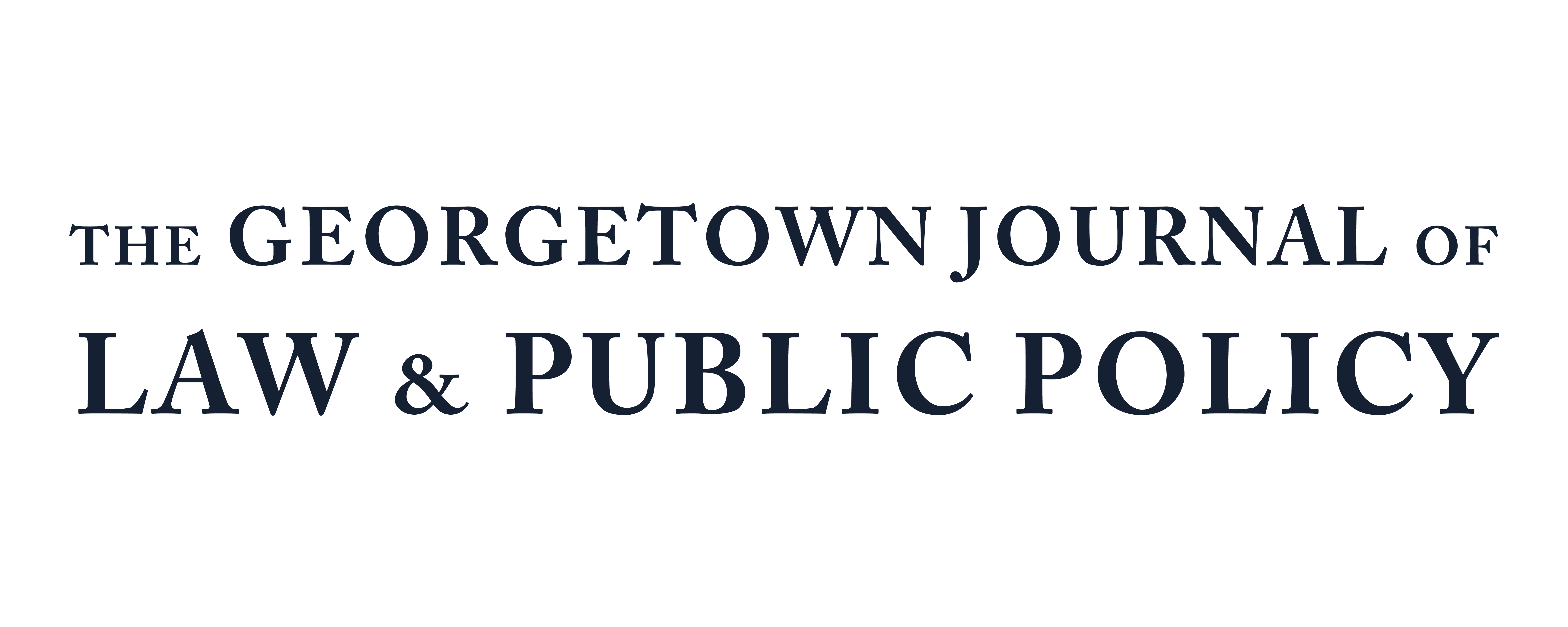Insider Trading and the Primacy of the Legislature: Beyond Two Martomas
When the U.S. Supreme Court adopted the “personal benefit” requirement for insider trading liability, the Court explained that the objective test would help courts to identify improper disclosures of material nonpublic information. In Dirks v. SEC, the Court focused the inquiry on whether the tipper dis-closed the confidential information for a personal gain, and it listed several examples that would create an inference of a personal benefit to the insider. A chief basis for the requirement was to draw a clear line between permissible and impermissible disclosures. After all, the Court did not want to render impermissible the pursuit itself of informational advantage, especially because securities analysts routinely “ferret out” nonpublic information to make trading judgments, and this is healthy for the market in the aggregate. But the personal benefit requirement has been stretched and contorted since its inception in 1983. And many contend that it has been (or should be) rendered obsolete. Just in the past six years, the Second Circuit has changed its interpretation of the personal benefit requirement three times—in only two cases. In a rare and curious move in United States v. Martoma, the Second Circuit affirmed the court below in one opinion, only to amend it with another opinion—using a different rationale—several months later. After Martoma II, the original personal benefit requirement seems to have been rendered functionally obsolete in the Second Circuit.
Recent scholarship has criticized the state of insider trading law, and some have proposed a number of new tests. In this Note, however, I argue that the Second Circuit’s doctrinal shifts illustrate that the insider trading doctrine needs reform. Specifically, I argue that statutory language defining the insider trading prohibition is warranted. On the one hand, a regime that authorizes both civil and criminal liability for insider trading, despite uncertainty as to what circumstances may elicit prosecution, runs up against the rule of legality and other rule of law principles, such as notice, predictability, and legitimacy. But, on the other hand, fairly obvious instances of improper trading escape prosecution under the doctrine altogether. For instance, hedge funds rely on obtaining “edge” from nonpublic information, sometimes provided from illegal tipping chains. But prosecutors tend to avoid cases against remote tippees. The Second Circuit’s subjective inquiry after Martoma II may make it easier to prosecute those involved in tipping chains. Whether or not this is a positive out-come, legislation should define a manageable and comprehensive standard for prosecutors in all jurisdictions to follow.
While some have argued that data on “real” insider trading—or, the cases that enforcers actually bring—detract from the proposition that new legislation is required, in this Note I emphasize that uncertainty about the outer bounds of the doctrine leaves enforcers both with a lack of clarity about what facts will lead to a prevailing prosecution as well as an unacceptable degree of discretion to employ in isolated cases. For prosecutors, market participants, and analysts especially, this uncertainty takes its toll. But it need not. The passage of long- awaited legislation could easily clarify this common-law crime.
Keep reading: Insider Trading and the Primacy of the Legislature: Beyond Two Martomas
Subscribe to GJLPP
